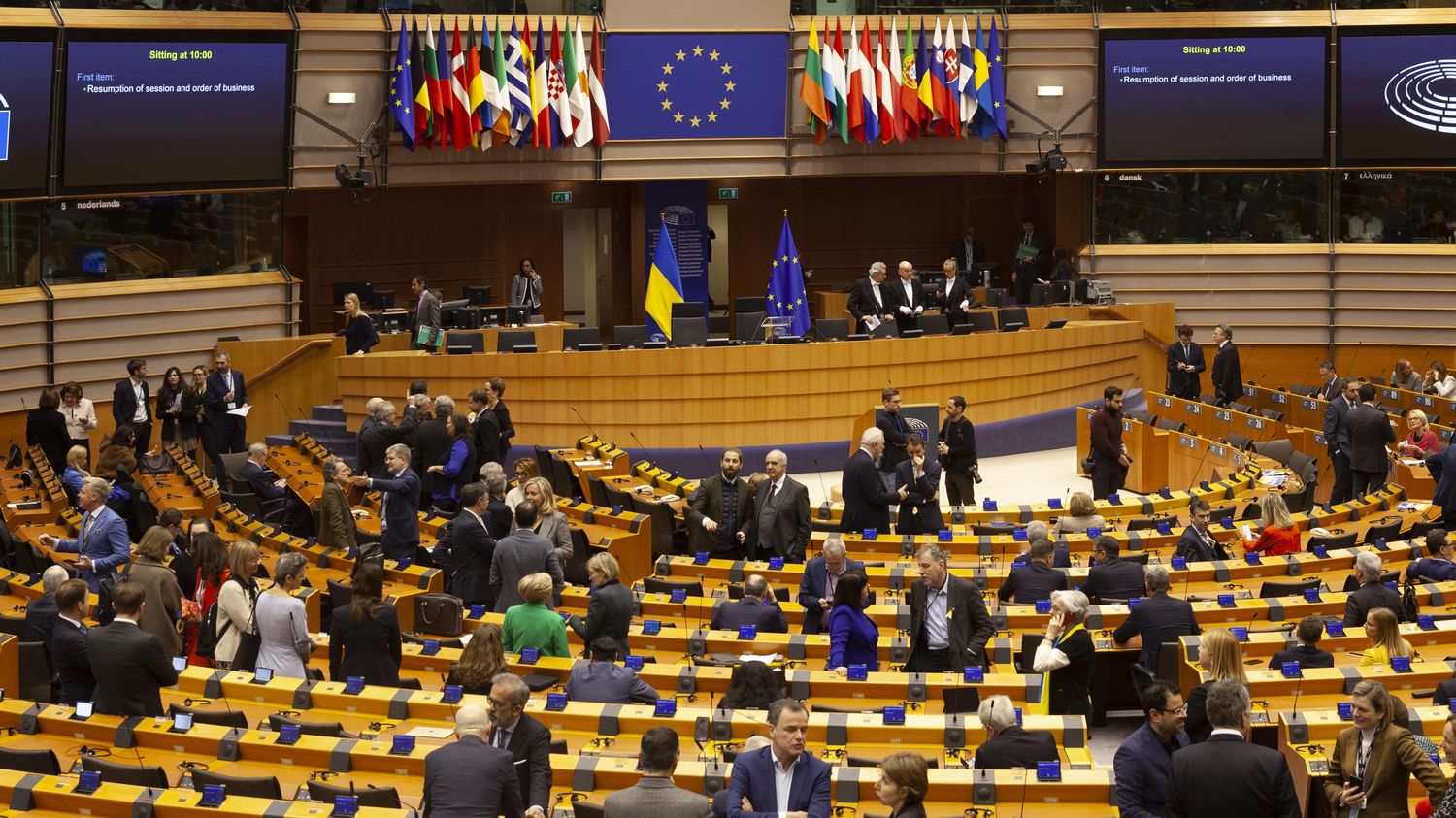After years of tensions and divisions, MEPs vote on Wednesday April 10 to reform European migration policy.

Published
Update
Reading time: 3 min

The European Parliament and the Twenty-Seven had already reached an agreement in principle in December. European elected officials must now definitively validate a series of texts forming this “pact on migration and asylum”.
Eurodac centralizes information on asylum seekers
First point, the pact for migration and asylum obliges countries of first entry, such as Italy, Spain or Greece, to process all asylum requests and to no longer allow candidates for exile to cross their borders without registering them. Identity, photo, fingerprinting, medical examination and verification of dangerousness, everything will be recorded in the Eurodac database.
Criteria for obtaining asylum
Second key element of the reform, upon arrival, migrants will be sorted. Those who are considered to have less than a 20% chance of meeting the criteria for obtaining asylum will no longer be able to disperse across Europe while their case is processed. They will be held in border centers and their applications will be processed expedited, in less than three months, for faster return. Families with children are affected, but not unaccompanied minors.
Others, Syrians for example, eligible for asylum because they come from a country at war, will follow the usual procedure. But, once duly registered, they will no longer be able to file another request in a country deemed more conciliatory. The reform also provides for harmonization of criteria.
A mandatory solidarity mechanism between States
In the event of migratory pressure, everyone will be involved. Today, out of 27 states, five are on the front line, a handful of others, including Germany, Austria, France, welcome secondary flows. The pact provides for a more equitable distribution between the 27 of the migratory weight. At least 30,000 asylum seekers will have to be welcomed and relocated each year, in proportion to each person’s GDP and population. And if some refuse, like Hungary which opposes it, they will have to contribute financially to the reception, by paying, this is one of the options, 20,000 per year for each asylum seeker refused.
Entry into force in 2026
If the text is adopted by Parliament, it must still be subject to formal validation by the States. Then, the countries have two years to organize themselves administratively, recruit, and create border centers with 30,000 additional beds. The pact will therefore be implemented in 2026, with many questions. This reform will becorrectly applied by the countries of first entry? Will others play the relocation game? And will living conditions in border centers be decent everywhere? Even among the MEPs who defend this pact, some allow themselves to doubt it.
